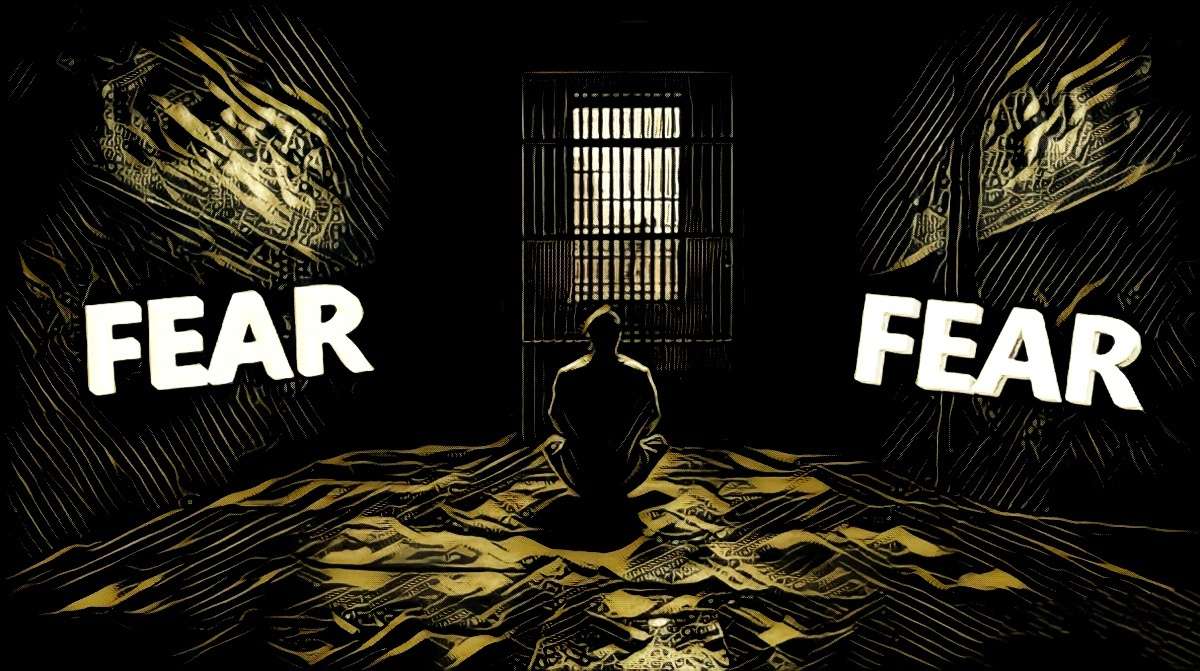
A martial artist is an integration of a warrior and a saint he is a man of peace but has the ability to destroy.
Bodhidharma, an enigmatic figure shrouded in legend, is often credited as the catalyst for the development of martial arts, specifically Shaolin Kung Fu. While historical accuracy surrounding his life and teachings remains elusive, his mythical status as the progenitor of this potent blend of philosophy and physicality has endured for centuries.
Born in India, Bodhidharma is believed to have traveled to China to propagate Zen Buddhism. Encountering the physical frailties of the Shaolin monks, he recognized the need for a disciplined physical regimen to complement their spiritual pursuits. This necessity, coupled with his own profound understanding of the human body and mind, led to the creation of a system of exercises that would evolve into the formidable art of Shaolin Kung Fu.
The fusion of Buddhism and martial arts under the tutelage of Bodhidharma is a fascinating interplay of opposites. The meditative tranquility of Buddhism is juxtaposed with the dynamic and often aggressive nature of martial arts. Yet, the underlying principle remains consistent: discipline, focus, and self-awareness. The practitioner is encouraged to cultivate both inner peace and outer strength, to harmonize body and mind.
While the exact nature of Bodhidharma’s contributions to martial arts remains a subject of debate, his legendary status as the founding father of Shaolin Kung Fu is undeniable. His influence extends far beyond the confines of the Shaolin Temple, shaping the development of countless martial arts styles and inspiring generations of practitioners. Regardless of the historical veracity of the tales surrounding him, Bodhidharma’s legacy as a pivotal figure in the history of martial arts is secure.






